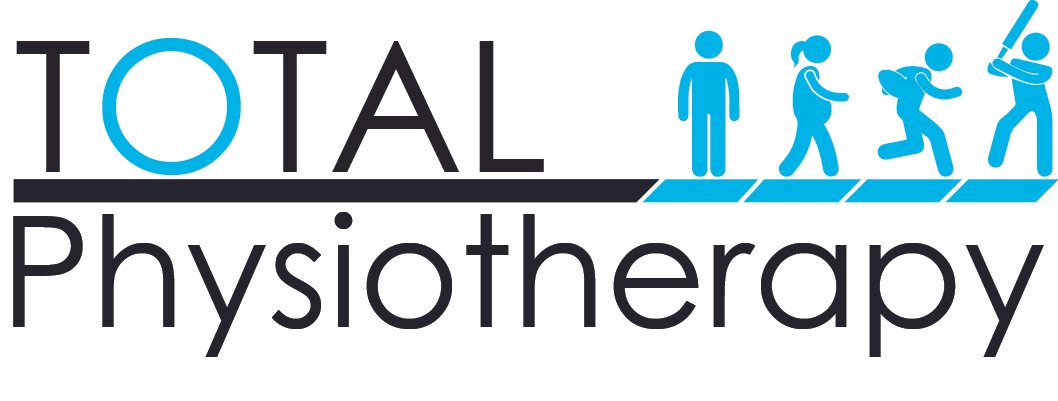Understanding Chronic Low Back Pain
/Understanding Chronic Low Back Pain
Before delving into the management strategies, it’s essential to understand what chronic low back pain is. CLBP refers to pain that lasts longer than 12 weeks, even after the initial injury or underlying cause has been treated. It can stem from a variety of factors, including:
Poor posture or incorrect body mechanics
Muscle imbalances or weakness
Herniated discs or degenerative disc disease
Osteoarthritis or other spinal conditions
Inactivity or lack of movement
Psychosocial factors such as stress, anxiety, or depression
Each person’s experience with low back pain is unique, so it's important to consider all contributing factors when developing a treatment plan.
1. Active Physiotherapy Treatment
Physiotherapy is one of the most effective treatments for chronic low back pain. The goal is to address both the immediate symptoms and the long-term causes of pain. A skilled physiotherapist will work with you to:
Develop an individualised exercise plan: A combination of strengthening and stretching exercises can help improve spinal stability, flexibility, and posture. Strengthening the core and lower back muscles is essential for supporting the spine, reducing strain on affected structures, and preventing future flare-ups.
Postural correction: Poor posture and body mechanics can contribute significantly to low back pain. Physiotherapists will assess your posture and help you correct any misalignments or habits that put undue stress on your spine.
Manual therapy: Hands-on treatments such as joint mobilization, massage, and soft tissue release can help relieve pain, improve mobility, and reduce muscle tension.
Education and advice: Understanding your condition and learning the best ways to move, sit, stand, and lift are crucial components of managing chronic pain. Your physiotherapist will guide you in making sustainable lifestyle changes that can enhance recovery.
2. Ergonomic and Lifestyle Modifications
In many cases, chronic low back pain is exacerbated by poor daily habits. If you spend long hours sitting at a desk, lifting incorrectly, or sleeping in an awkward position, these activities can increase strain on your back over time.
Workplace ergonomics: If your job involves prolonged sitting, it’s crucial to ensure your workstation is set up to support good posture. Your physiotherapist may advise on chair height, lumbar support, and positioning to prevent further stress on your lower back.
Proper lifting techniques: Lifting heavy objects incorrectly can strain the lower back muscles and lead to injury. Learning to bend your knees, use your legs, and keep your spine neutral can prevent injury and reduce pain.
Activity modification: In the case of repetitive tasks or sports activities that worsen your pain, your physiotherapist can suggest modifications or alternative exercises to help maintain activity levels without aggravating your back.
3. Pain Management Techniques
While addressing the underlying causes of pain is key, effective pain management is also an important aspect of dealing with chronic low back pain. Some pain management strategies include:
Heat and cold therapy: Applying heat or ice to the affected area can provide short-term relief by reducing inflammation, improving circulation, and easing muscle spasms.
TENS (Transcutaneous Electrical Nerve Stimulation): This non-invasive treatment uses electrical impulses to block pain signals and promote relaxation of the muscles.
Acupuncture or dry needling: These therapies can stimulate specific points in the body to release tension, improve circulation, and reduce pain.
Medications: While physiotherapists don’t prescribe medications, they can work alongside your healthcare provider to help you manage pain through over-the-counter pain relievers or more specialized medications as needed.
4. Psychological Support and Stress Management
Chronic pain often has a psychological component, with stress, anxiety, and depression amplifying physical discomfort. Addressing these aspects can significantly improve your overall well-being.
Cognitive-behavioral therapy (CBT): CBT helps you identify and change negative thought patterns that may be worsening your pain or affecting your mood. Learning coping strategies can help reduce the emotional burden of chronic pain.
Mindfulness and relaxation techniques: Practices like deep breathing, meditation, and progressive muscle relaxation can help manage stress and decrease pain perception.
Support groups or counseling: Talking to others who understand what you’re going through can be incredibly helpful. Many people find that emotional support helps them feel more in control of their pain management.
5. Preventative Strategies for Long-Term Success
Preventing chronic low back pain from returning is just as important as managing it. Once you've gained some relief, it’s essential to continue practicing habits that support spinal health and mobility.
Regular exercise: Maintaining a consistent exercise routine that includes strengthening, stretching, and low-impact cardio will keep your muscles and joints flexible, strong, and resilient.
Weight management: Extra weight, especially around the abdomen, can place additional strain on your lower back. Maintaining a healthy weight can alleviate pressure on the spine and reduce the risk of flare-ups.
Stay active: Avoid prolonged periods of inactivity, which can lead to muscle weakness and stiffness. Even light activity like walking or swimming can keep your back muscles strong and flexible.
Conclusion: A Holistic Approach to Managing Chronic Low Back Pain
Managing chronic low back pain requires a combination of physical, psychological, and lifestyle changes. With the right treatment plan tailored to your individual needs, it's entirely possible to live a full, active life despite chronic pain. At our physiotherapy practice, we’re here to support you every step of the way, from pain relief to long-term prevention.
If you’re struggling with chronic low back pain, don’t wait—reach out to schedule a consultation and take the first step towards a pain-free life. Together, we can find a path to relief that works for you.
